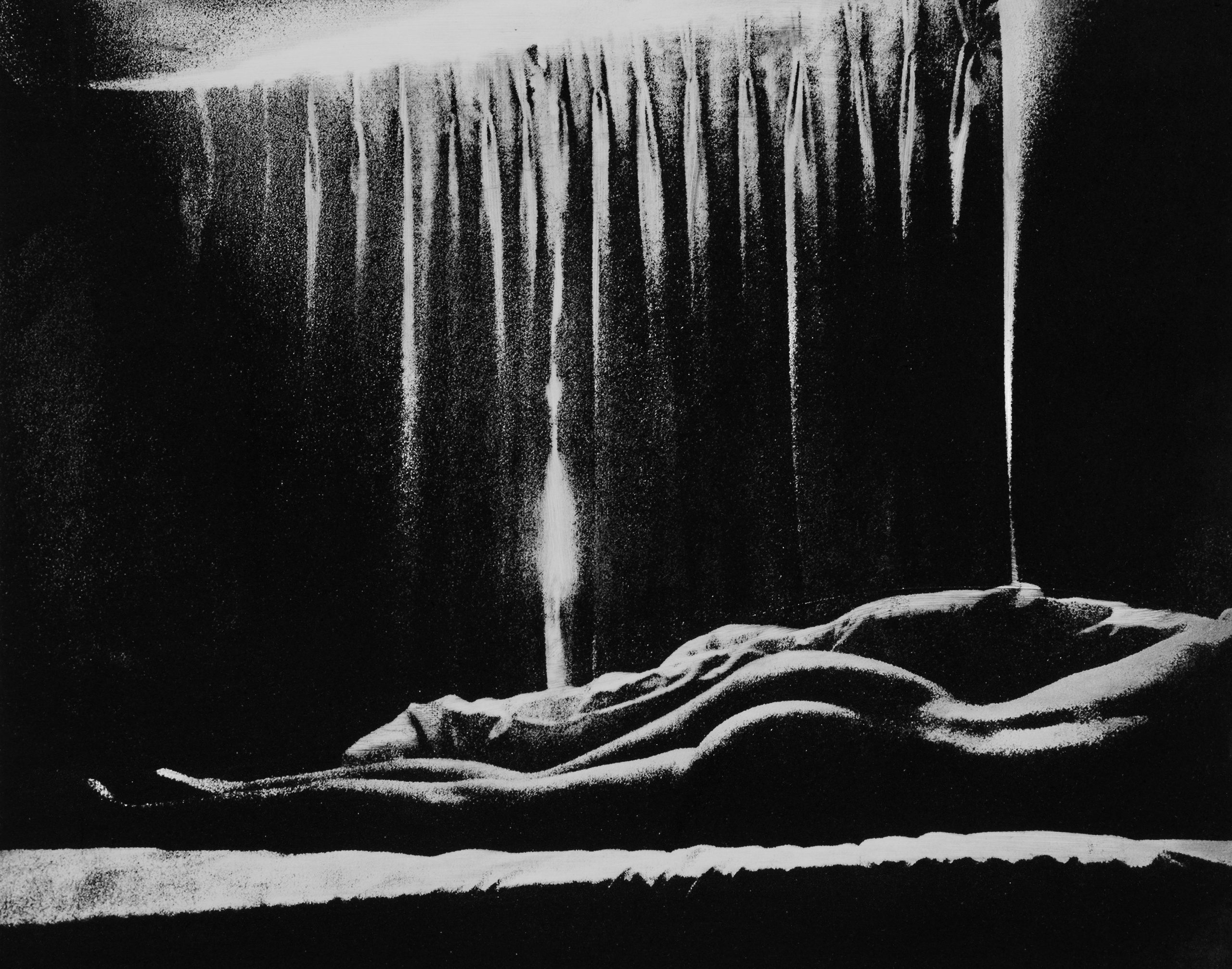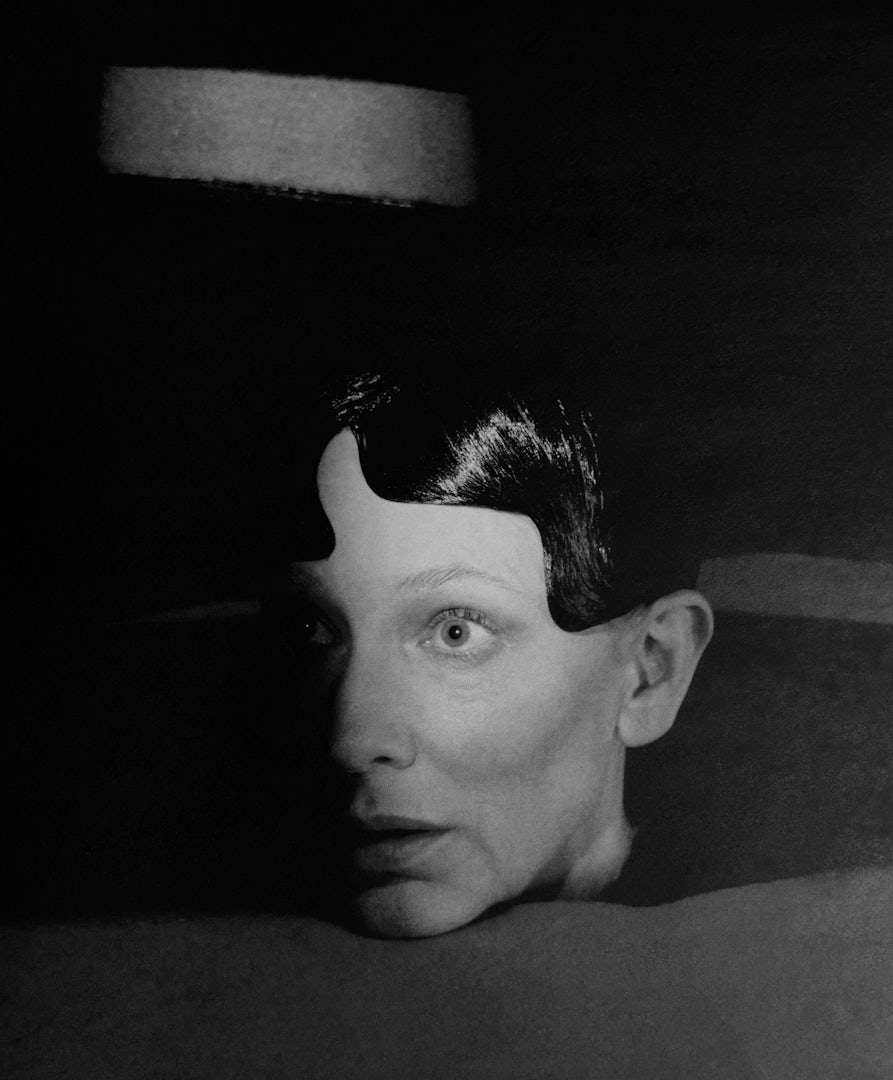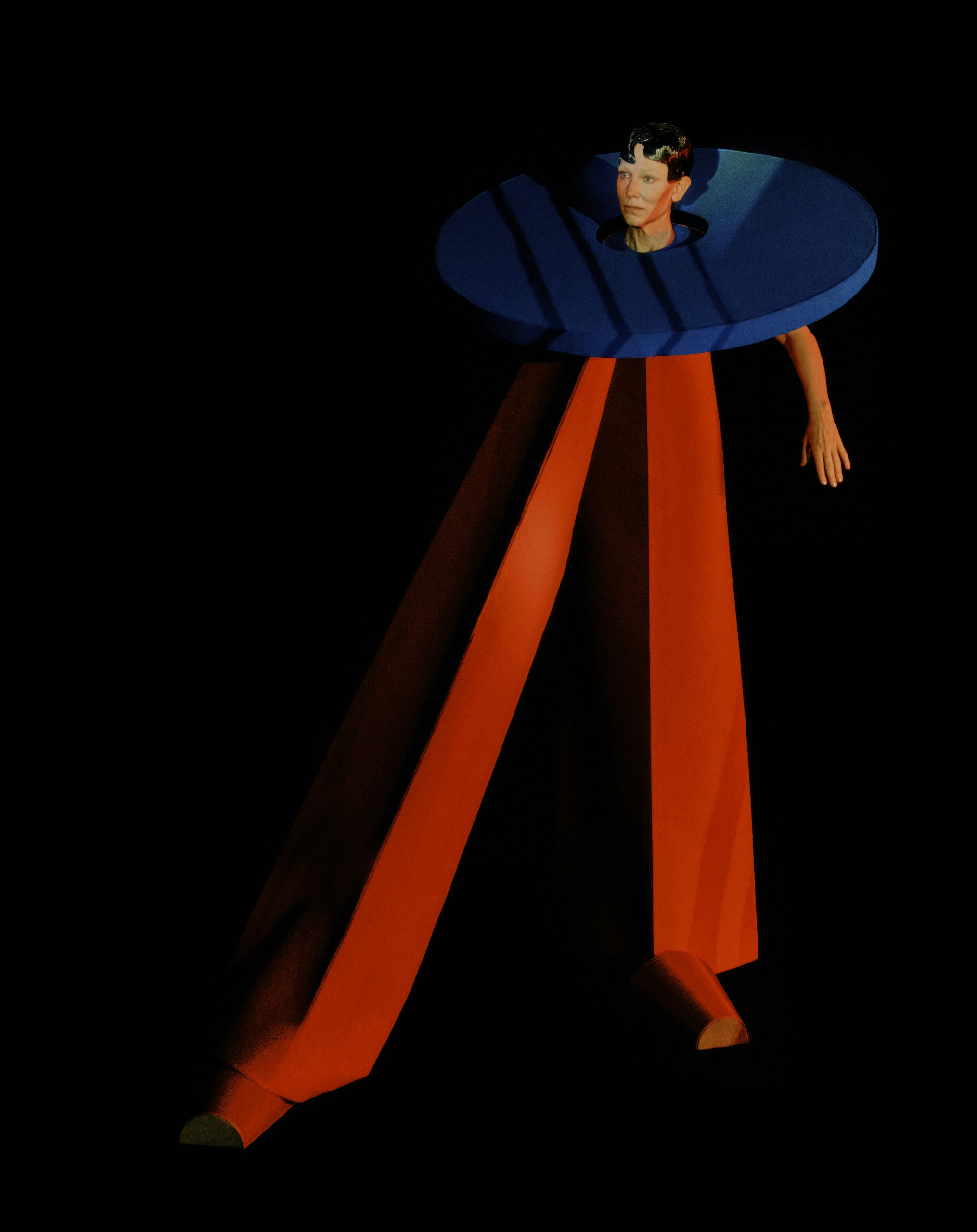Jack Davison: Magic and wonder
Nominated in our Photography Annual for his striking portraits of Cate Blanchett for the New York Times Magazine, as well as an exhibition at London’s Cob Gallery, Jack Davison’s work continues to push the boundaries of photography.
We’ve come to know Jack Davison as a great commander of light and shadow. Someone who can deliver radical theatricality or stripped-down minimalism with the same beauty, elegance and intensity. While these qualities remain in his work, there is a distinct sense of turning the volume up this year – a refusal to hold back. Emotions are heightened and reference points are more obscure. Davison’s distinctive visual language has been expanded and recalibrated, while his obsession with building layers has become more physical and tactile as his process becomes more hands-on.
“My time is so precious now,” says Davison, reflecting on how parenthood has shifted his practice and priorities. “Being a dad is the best thing in the world to me, so if I’m going to take on a project, I need to do something special. [Paternity leave] was a real clarifier. I’m grateful to be given space to make work, and after the break, I came back with a vengeance, determined to push it further.”
In his latest assignment for the New York Times Magazine – a publication the photographer has a long-standing relationship with – Davison collaborated with actor Cate Blanchett. Together with costume and set designer Shona Heath, stylist Rebecca Perlmutar, hairstylist Ali Pirzadeh, makeup artist Morag Ross, and manicurist Michelle Humphrey, they transformed Blanchett into a surrealist clown. Informed by old Soviet Bauhaus ballet costumes and a desire to play with colour, the shoot is dramatic and playful in equal measure, conjuring a side of Blanchett we’ve never seen before.
“I’d made a simple portrait of Cate before, and I knew from meeting her that there was this window,” explains Davison. “With certain people, you can tell they enjoy the process and are more excited by not being themselves in front of the camera.” Davison and the team did a lot of prep ahead of the shoot to ensure Blanchett would come along for the ride. “She saw very early drawings and moodboards,” he says. “We created a selection of outfits, which were more like objects for her to play with. She just inhabited the space while bringing her own ideas into the mix. It’s exciting when someone gives in to the idea and understands the process. Not all actors do, but Cate was really game.”


Collaboration is a valued part of Davison’s process. On the Blanchett shoot, he reconnected with the pioneering creative Shona Heath. The duo previously worked on Davison’s first Vogue story in 2017 and began collaborating again this year. “Shona has this amazing ability to understand an idea and then push it further,” says Davison. “For me, her ability to translate sketches into reality and bring ideas into the world is unparalleled still.”
Davison and Heath bring a commitment to craft and innovation to the forefront. With sculptural looks and mercurial energy, the project exemplifies a meeting of minds that together delivered one of those elusive editorials that transcend context.


Davison’s mastery as an imagemaker is born from his ability to manipulate time and space. While deeply connected to the medium’s history – his work is often in dialogue with that of figures such as Saul Leiter, August Sander, Max Ernst and Man Ray – Davison simultaneously reimagines how images are made and what they can do.
This ability to time travel, and in turn render the everyday unfamiliar, is a throughline in his recent exhibition, Photographic Etchings, at London’s Cob Gallery. The show presents a series of archival images connected through the polymer photogravure process – a craft that Davison has been learning over the last three years. Working in collaboration with Colin Gale – co-founder of Brixton-based studio Artichoke Print Workshop – Davison spent months experimenting and fine-tuning his approach.


“I don’t like the darkroom,” he says. “But I love printmaking and etchings. The process is so tactile and shows so much detail and range of tone. Originally, Colin was going to print all the images, but I wanted to be physically involved. Also, Colin would do it perfectly every time. I was excited about this slightly uncontrollable method in my inexpert hands and getting those moments of randomness you can’t plan for. It’s another way of abstracting and shifting the image from what it originally was. I see it as the final evolution. I love that someone could find one of these prints in a hundred years and have no idea when it was made.”
While Davison has always had a hands-on relationship with imagemaking – from physically distorting his photos in-camera, or adding depth in post-production – Photographic Etchings signals a deepening of this practice. Sculptural in form, they push beyond subject matter and trade in the world of feeling, symbolism and the haptic.
In an era defined by TikTok and the allure of authenticity, Davison’s talismanic imagery is recentring magic and mystery. “I want you to be transported,” he says. “I want people to wonder how this happened.”













